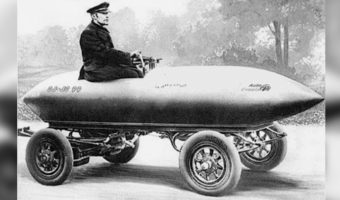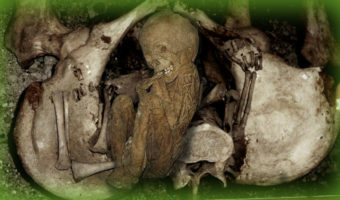10 Interesting Innovations Inspired by Nature
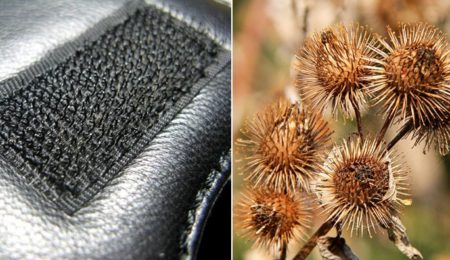
Innovation is a broad term that cuts across all the sectors from business, medicine, transport, education, to agriculture. Creative thoughts put into practice have helped provide solutions that meet the requirements of our day-to-day lives.
Innovators go far and beyond with their thinking capacities and observations to provide the most crucial solutions. Innovation might sound like a technical and complicated process.
However, some innovations have been born out of the most unbelievable and straightforward ways like nature. There have been many nature-inspired innovations, and below are ten innovations that have shaped our world.
1 The “Velcro” fastener was invented when a Swiss man named George de Mestral went for a walk with his dog in the woods and thought the burrs that clung to his trousers could be turned into something useful.Â
In 1941, when on a nature walk with his dog, George De Mastral realized something unusual. The burdock seeds stuck on his clothes and also on his dog’s fur. Filled with curiosity, De Mastral took his microscope and studied the design in which the seeds used to form its firm grip on the fabric.
He realized that there were many small hooks on the plant that clung tightly onto the invisible loops on his fabric, and after some thought, he came up with the idea of making Hook-and-loop fastener often called “Velcro.” He wanted something that could fasten things together without zipping them or tying them together. So, De Mastral used a cloth with small hooks that would cling to tiny hooks on another strip unless pulled apart. At first, his new invention faced challenges, but he continued working and improving it. He patented his design in 1955.
Hook-and-loop fastener is essential in medical equipment, shoes, and sports equipment. NASA’s astronauts used it in the 1960s to fasten their equipment. Also, please note that Velcro is the brand’s name and ‘Hook-and-loop fastener’ is one of their products. (1, 2)
2 A coral reef fish called the “boxfish” inspired the bionic car by the Mercedes Benz. The innovation team discovered that the boxfish uses less energy to move, move swiftly, and its bones interlinked to protect the fish from injuries.
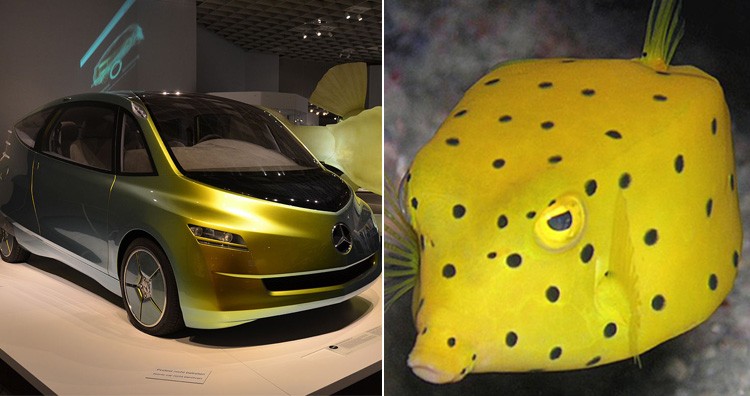
As the automobile industry grows, new inventions come up, and great ideas are put to practice. This trend was the case for Mercedes Benz in 1996. The team from Mercedes in Germany wanted to design a car that could move faster and at the same time use less energy.
Dieter Gurtler and his team wanted to draw inspiration from nature, and for this case, they chose fish. After analyzing various types of fish, including sharks, tunas, and dolphins, they opted for a rare fish called the “boxfish.” Some of the reasons they chose the boxfish are because of its shape and weight.
A boxfish maneuvers easily with less energy. Also, a boxfish can withstand high pressure and can protect its body from collisions. This design inspired the form of the bionic car. This shape of this vehicle creates a space for four passengers and luggage.
Also, owing to its shape, the bionic car is one-third lighter than any other vehicle at the same time it is rigid. The first bionic car was launched in 2005 in Washington DC. (1, 2)
3 Mirasol (IMOD) Display was inspired by how butterflies illuminate light on their wings with little effort to produce different colors. Mirasol technology uses tiny sheets like mirrors arranged in a rectangular design to create a reading screen. The interference of reflected light wavelengths on these screens creates different colors, i.e. green, blue, and red.
Mirasol Display is a trademark of Interferometric modulator display (IMOD), a technology that uses the reflection of light on a surface to produce different colors depending on the reflection angle. Borrowing the idea from a butterfly, Mark W. Miles was inspired by how the butterfly displayed rainbow colors on its wings when illuminated.
Qualcomm picked up the idea from Mark W.Miles after the acquisition of Iridigm in 2004. IMOD(s) use reflective sheets that mimic the minute plates in the butterfly’s wings and a film. The air trapped in between the two creates different colors depending on the angle. This phenomenon makes it possible to read and watch videos in colors from electronic devices.
This brilliant innovation is crucial in the mobile phone industry, mp3 applications from Freestyle Audio and Skull Candy to Hisense C108, and the Showcase Monitoring system in Korea. (1, 2)
4 In a bid to create surfaces that do not require human effort to keep clean, Wilhelm Barthlott drew inspiration from a lotus leaf to create self-cleaning surfaces. They include mirrors, windows, and tiles.

Hydrophobicity was first discovered in 1964 by Dettre and Johnson. However, botanist Wilhelm Barthlott and Ehler dug deep into the discovery to understand the relationship between the hydrophobic surface (surface with a contact angle of more than 90 degrees) and its cleanness.
They discovered that the lotus leaf is considered hydrophobic because of its double-structured surface made of the cuticle and wax. The wax increases the leave’s contact angle which gives it its self-cleaning ability.
Nanotechnologists applied this design to create self-cleaning surfaces by adding fluorochemicals or silicon to the product to mimic the wax in the lotus leaf increasing the contact angle of the product’s surface.
This fantastic innovation has since been applied in the mirror industry and the making of tiles and windows. Self-cleaning surfaces reduce workload and human efforts to keep them clean. New high-rise buildings also use self-cleaning windows. (1, 2)
5 The swift bird inspired the innovation of the flapping micro air vehicle. The bird’s high ability to maneuver and the ability to glide efficiently with less energy motivated Mr. William Thielicke to use this bird’s design to come up with efficient micro air vehicles.
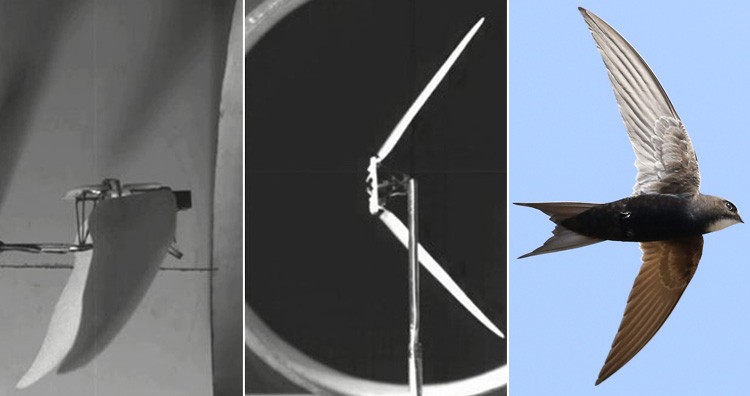
Mr. William Thielicke was inspired by a bird to come up with the most versatile and efficient micro air vehicles. After studying the swift bird’s ability to move faster and with ease using less energy, he realized that he could use the same design to make a hovering MAV.
The swift bird is one of the fastest birds that can travel up to a whopping 112 kilometers per hour. The gliding enables it to move faster, using less energy and also without making noise. On average, the swift bird can travel 200,000 kilometers.
An MAV with the flapping design, like the swift bird, can glide and flap its wings allowing it to move swiftly using less energy. The flapping of the wings also allows the MAV to move at lower speeds if it has a camera on board which is useful in capturing quality images.
According to Mr. Thielicke, a flapping designed MAV has not yet been used, but the tests done proved that it could bring a significant change to micro air vehicles. The team is currently working on its aerodynamics. (1, 2)

















